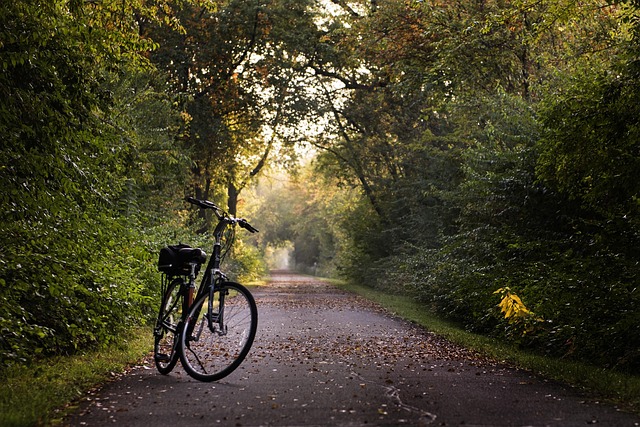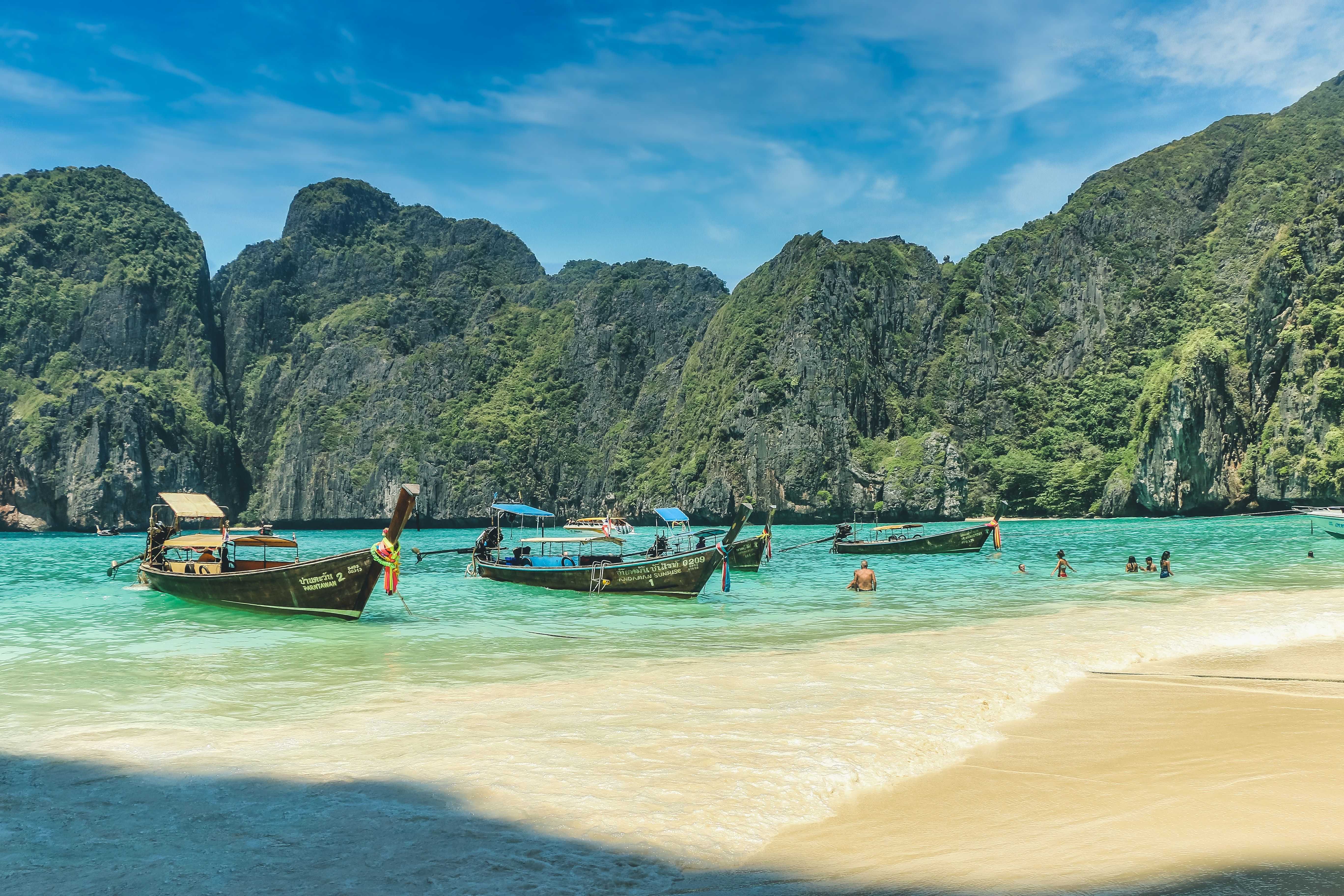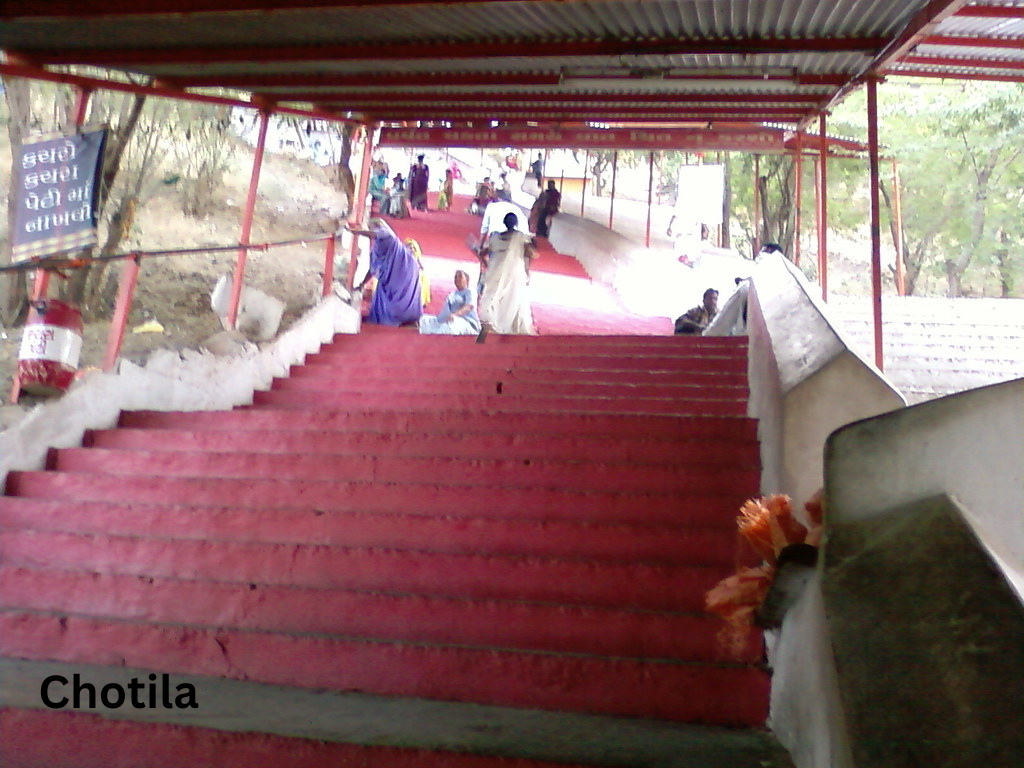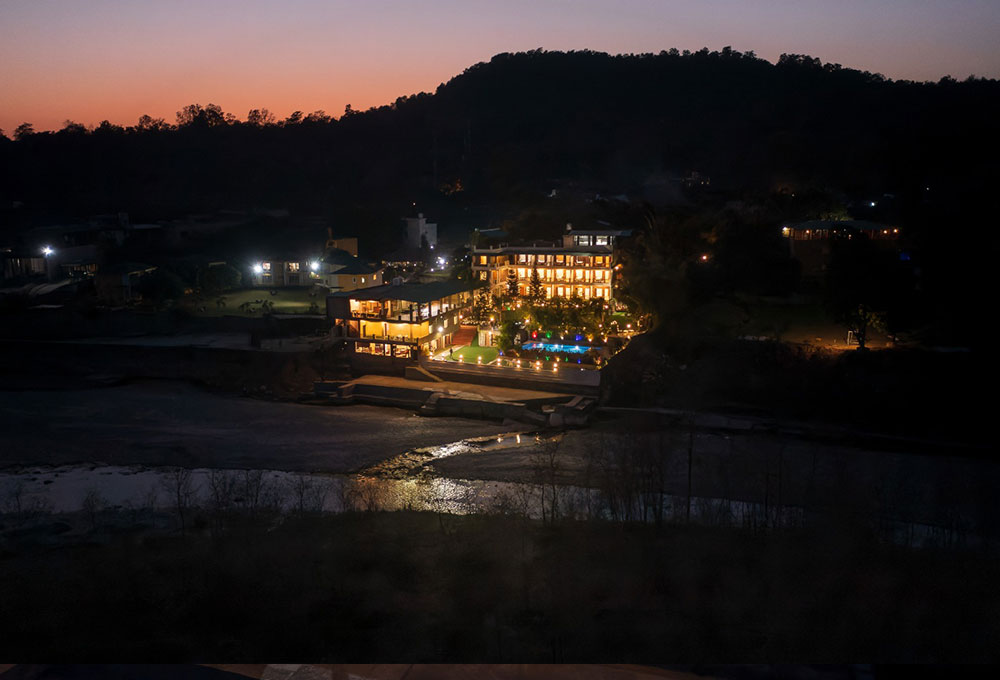A First-Timer’s Guide to the Kailash Mansarovar Yatra: What to Expect in 2025
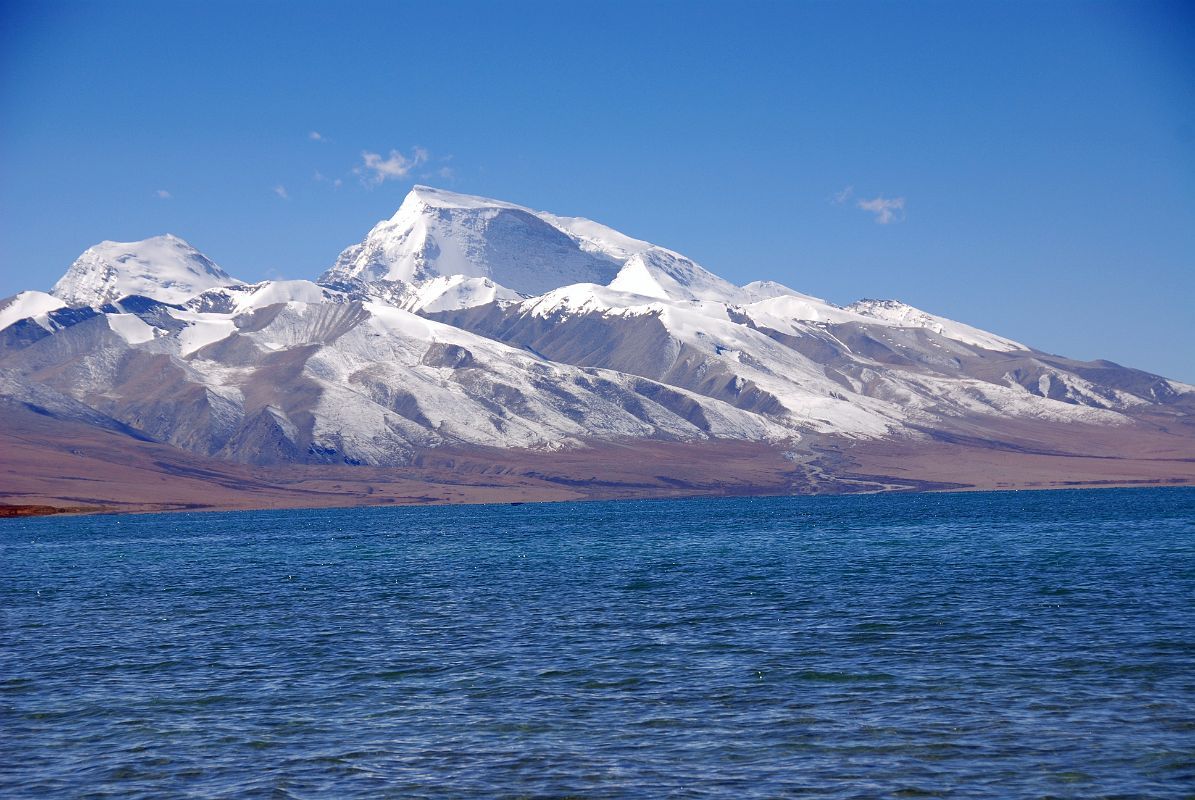
Strong 8k brings an ultra-HD IPTV experience to your living room and your pocket.
Starting the Kailash Mansarovar Yatra is a profoundly spiritual and transformative experience that goes beyond a simple physical journey. For first-time pilgrims, the 2025 Yatra offers a unique opportunity to witness the mystical allure of Mount Kailash and the sacred Lake Mansarovar. Whether you're drawn by faith, curiosity, or the promise of an unforgettable adventure, being well-prepared will help you make the most of this extraordinary journey.
Understanding the Significance
Mount Kailash, standing at over 6,600 meters in the remote regions of Tibet, is revered by four major religions—Hinduism, Buddhism, Jainism, and Bon. It is believed to be the abode of Lord Shiva and a cosmic axis connecting heaven and earth. Nearby, Lake Mansarovar is considered the purest body of water on Earth and is believed to cleanse sins and bestow spiritual blessings.
Together, they form one of the most sacred pilgrimage circuits in Asia, known as the Kailash Mansarovar Yatra.
Yatra Routes Available in 2025
- As of 2025, travelers can choose from multiple routes, each with its own pros and cons:
- Via Nepal (Helicopter Route):
- Begins in Kathmandu, continues through Nepalgunj and Simikot, with helicopter transfers to Hilsa.
- Suitable for those with limited time.
- Offers a blend of aerial views and comfortable transitions.
- Via Lipulekh Pass (India Route):
- Organized by the Indian Ministry of External Affairs.
- Involves trekking and road travel through Uttarakhand.
- More physically demanding but culturally immersive.
- Via Lhasa (Overland Tibet Route):
- Sbegins with a trip to Lhasa, then travels by land to Kailash.
- Ideal for travelers who want a longer cultural experience in Tibet.
Each route has its logistical considerations, visa requirements, and costs, so it's wise to choose based on your fitness level, time constraints, and budget.
Physical Preparation
Make no mistake—this is a high-altitude trek. The Kora, or circumambulation of Mount Kailash, is a 52-kilometer trek that reaches altitudes of over 18,000 feet at the Dolma La Pass. Here are some tips to prepare:
Start training at least 2-3 months in advance. Focus on cardio, leg strength, and endurance.
Practice hiking with a loaded backpack.
Include breathing exercises like Pranayama to help with altitude acclimatization.
Consult your doctor and consider high-altitude medication such as Diamox, if needed.
Essential Packing List
Given the remote location and unpredictable weather, packing right is crucial:
- Layered clothing for temperatures ranging from warm days to freezing nights.
- Sturdy trekking shoes with good grip.
- UV sunglasses, sunscreen, and lip balm.
- Waterproof jackets and gloves.
- Reusable water bottles or hydration packs.
- Energy bars, dry fruits, and basic medicines.
- Be ready for wind, cold, and a lack of amenities, but pack light.
Accommodations and Facilities
Don’t expect luxury here. Accommodations are basic guesthouses or tents along the route. Shared toilets, no hot water, and limited electricity are common. Most travelers report this simplicity as part of the spiritual cleansing the Yatra provides.
Some private operators offer upgraded packages with better comfort, but availability is still modest compared to urban standards.
Food and Hydration
Meals during the Yatra are typically simple—rice, dal, vegetables, and soup. Pack some snacks and dry food for energy during long trekking days.
Drink boiled or purified water only, and stay hydrated constantly to help prevent altitude sickness.
Permits and Visa Requirements
For Indian citizens, permits are managed by the Indian government (MEA) for the Lipulekh route. For Nepal or Tibet routes, travelers need:
- Chinese Group Visa
- Tibet Travel Permit
- Alien’s Travel Permit (issued once in Tibet)
Ensure you apply through a reliable tour operator who can manage these formalities.
Best Time to Visit in 2025
The Yatra season typically runs from May to September, with June to August being the most popular due to warmer weather and clearer skies. Avoid early May or late September unless you’re well-prepared for extreme cold.
Spiritual Etiquette and Cultural Sensitivity
- As a sacred pilgrimage, it's vital to maintain respectful conduct:
- Do not attempt to climb Mount Kailash. It is considered forbidden.
- Avoid loud music, littering, or disrespectful behavior.
- Dress modestly and be mindful of local customs.
- Seek permission before photographing monks, pilgrims, or sacred rituals.
for more information visit our website hiranya journeys.
Note: IndiBlogHub features both user-submitted and editorial content. We do not verify third-party contributions. Read our Disclaimer and Privacy Policyfor details.




